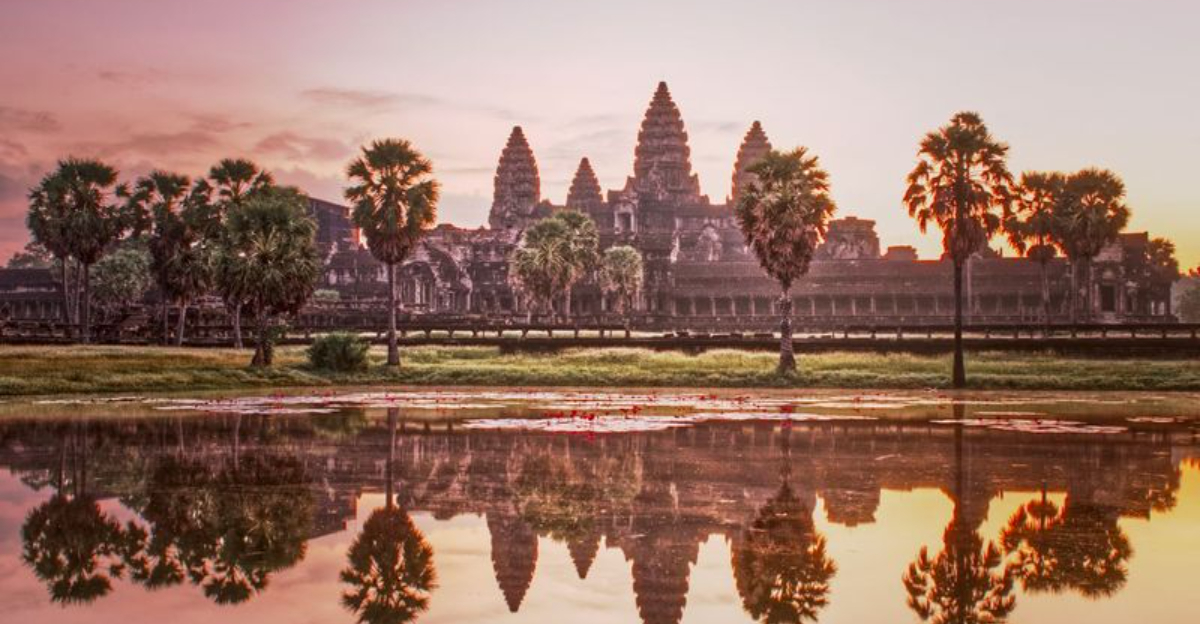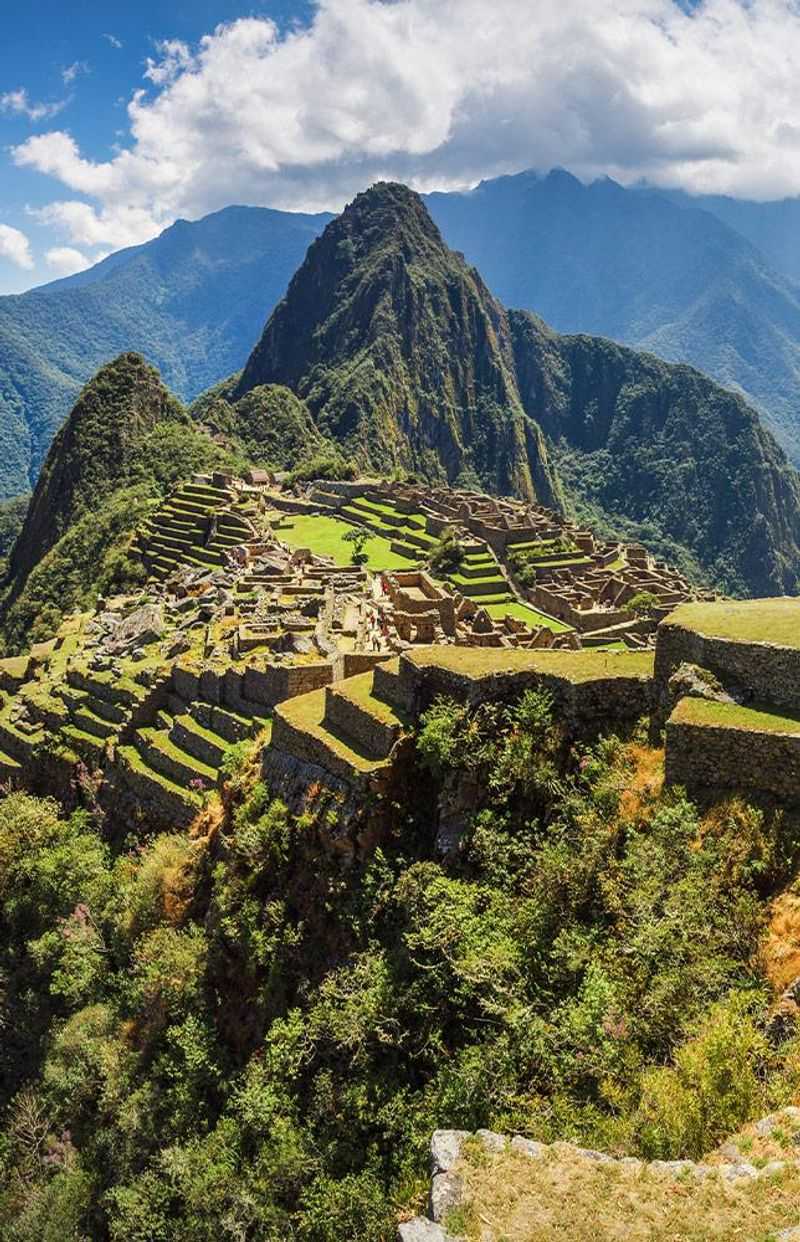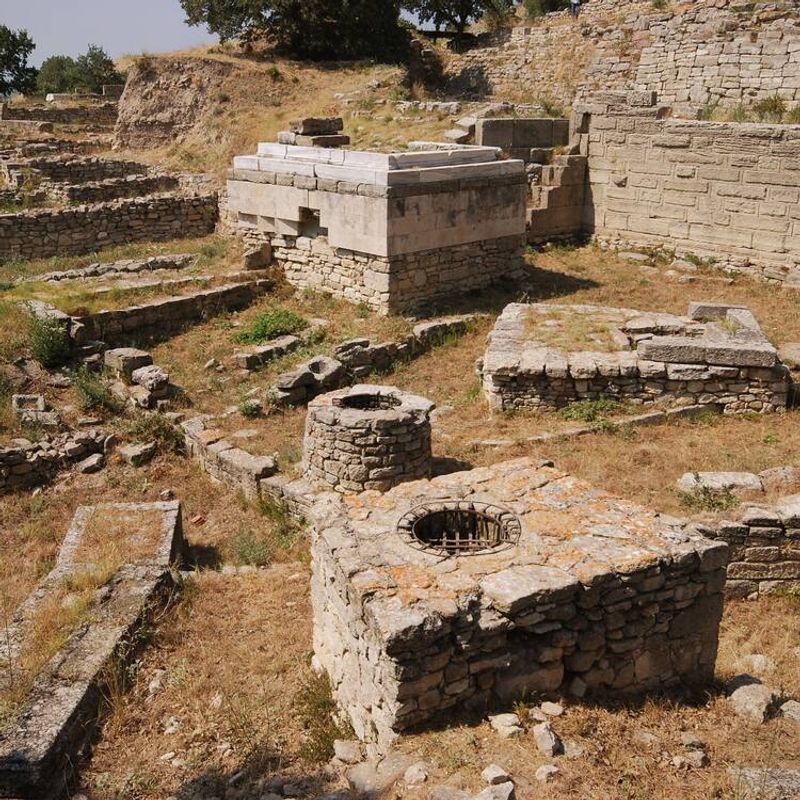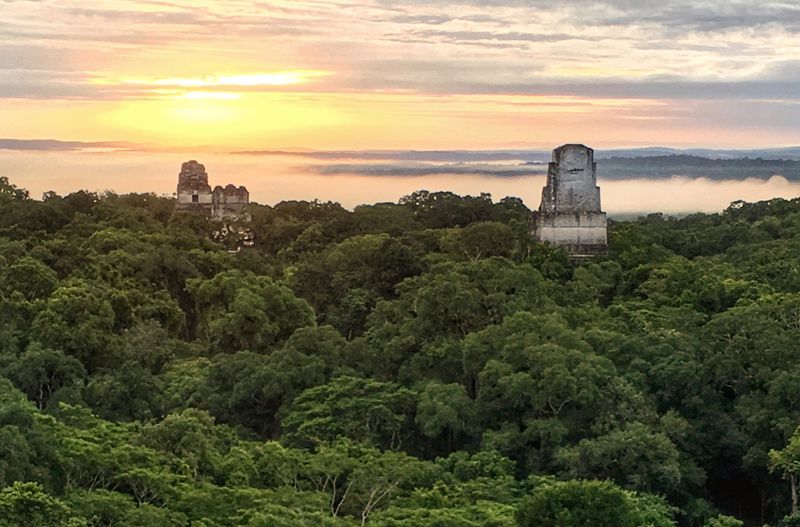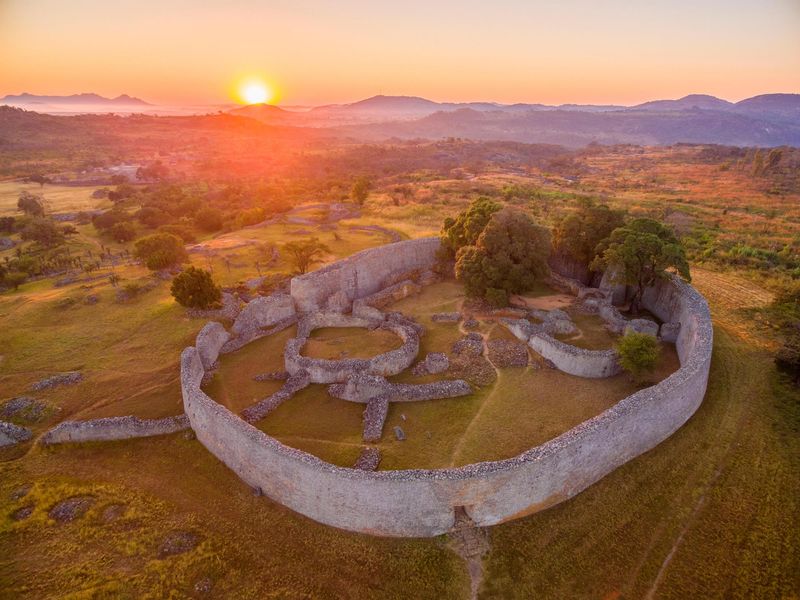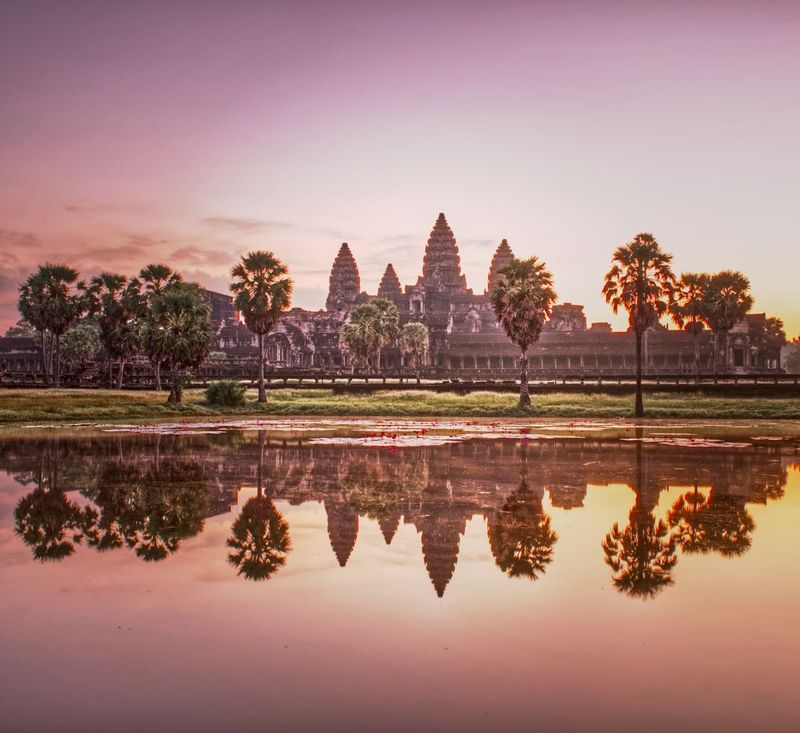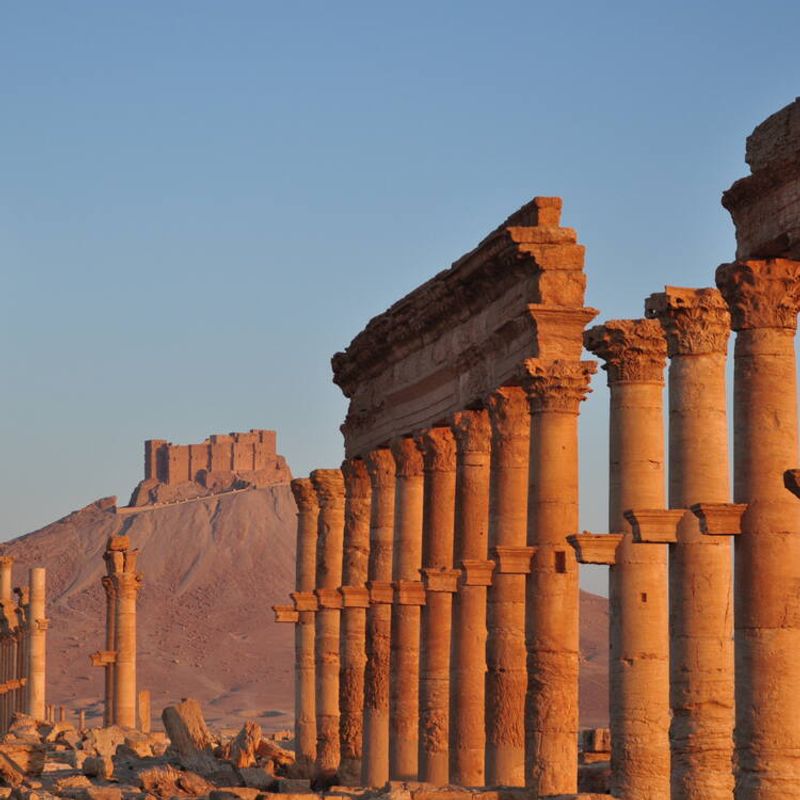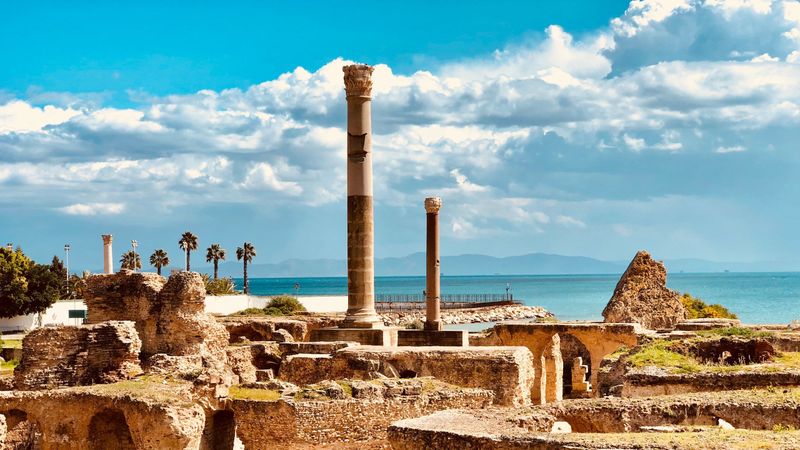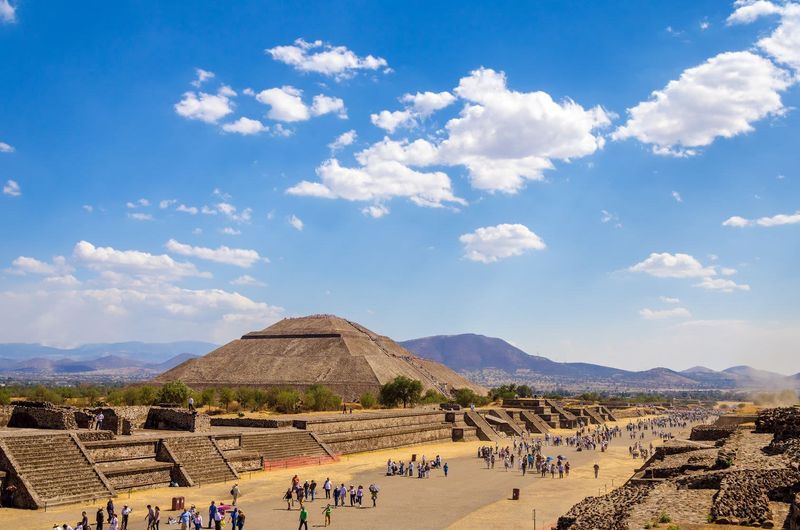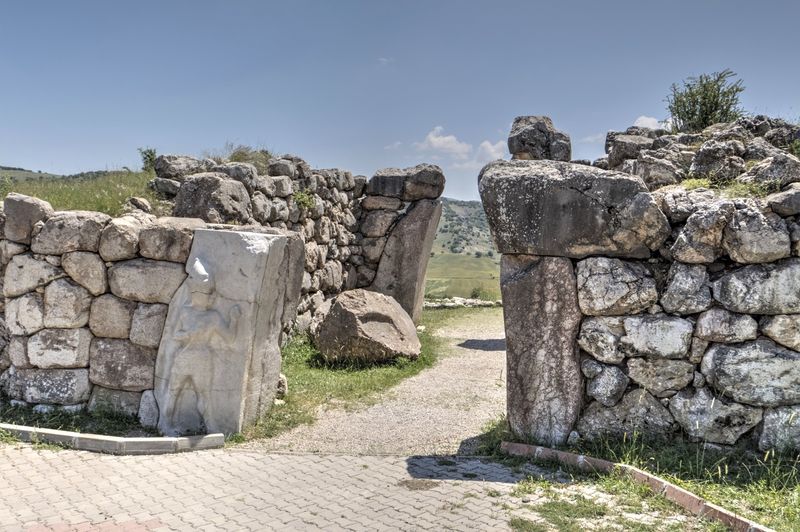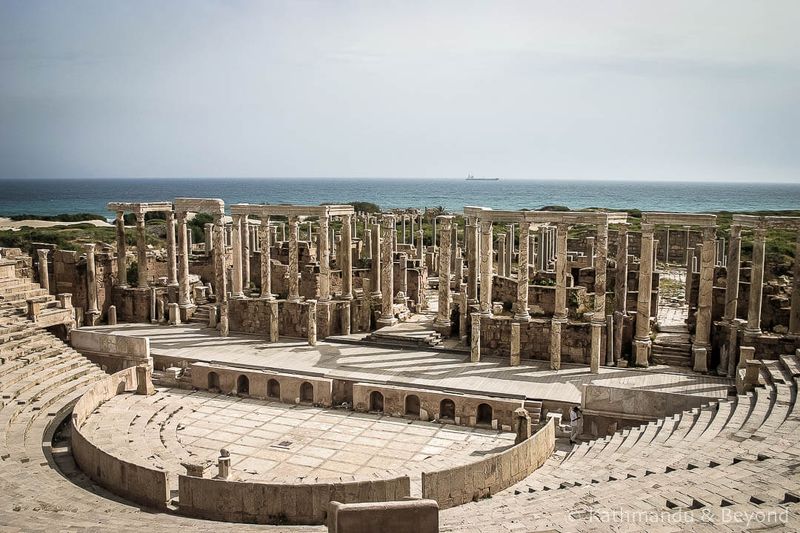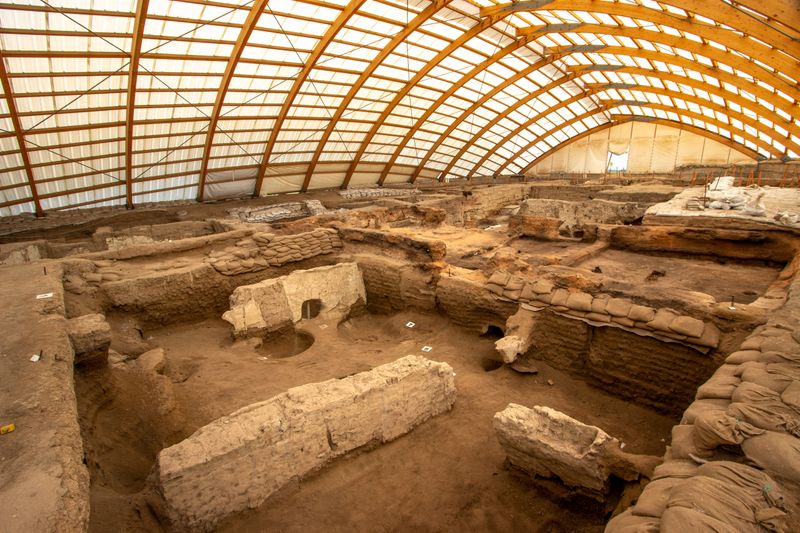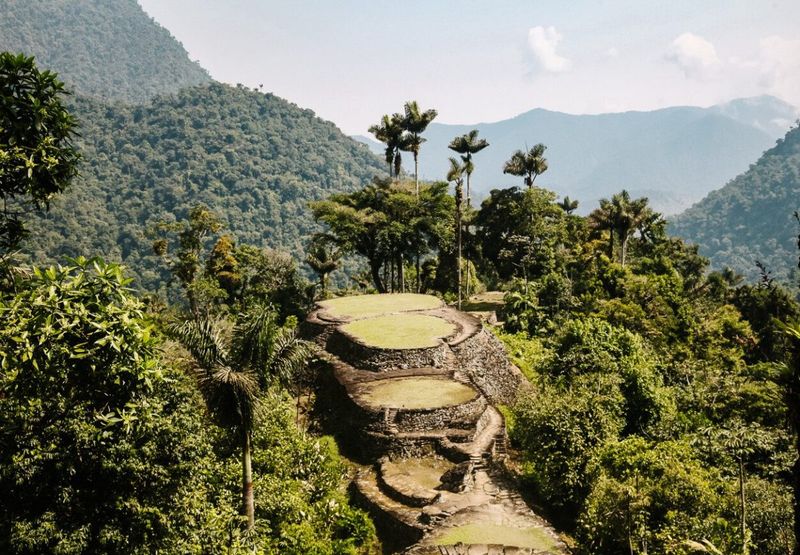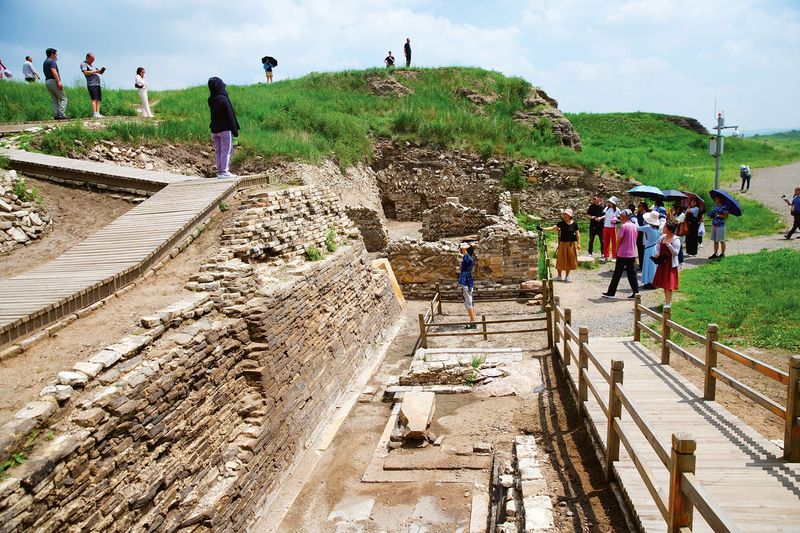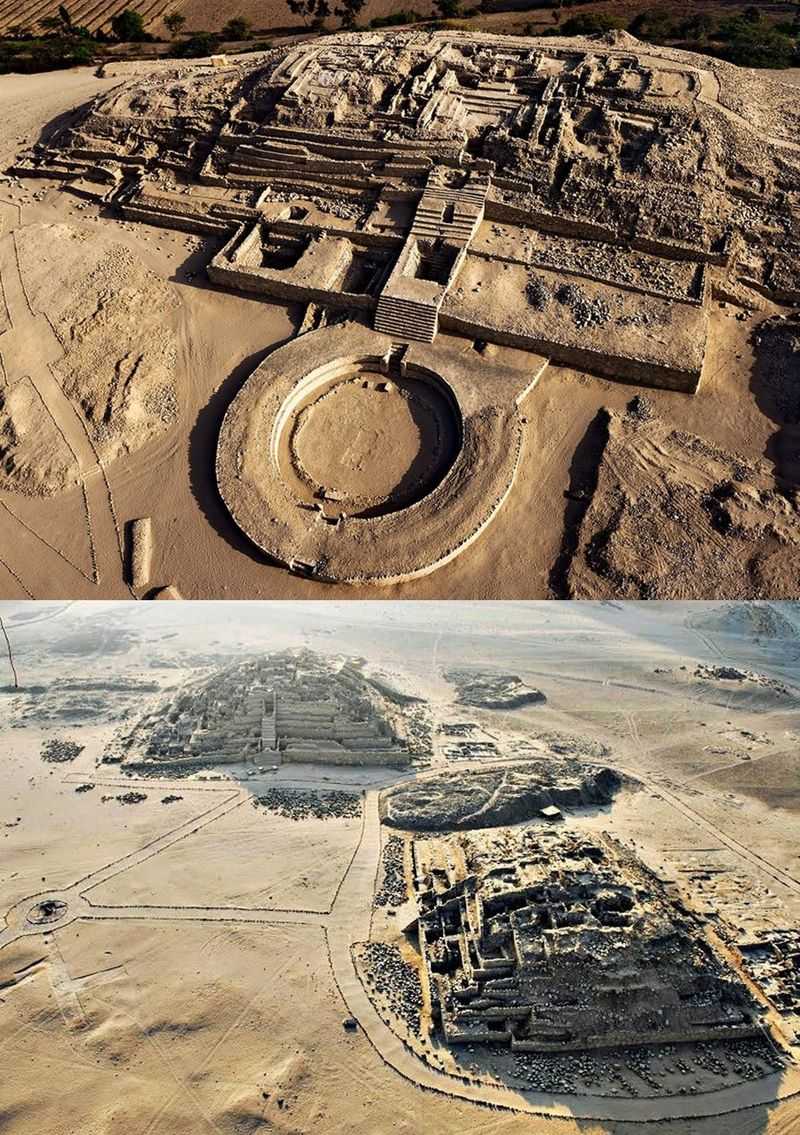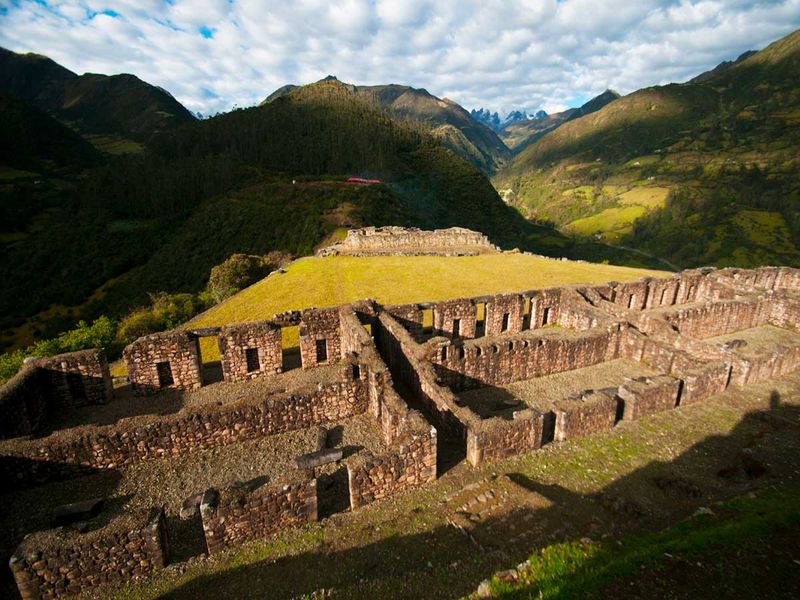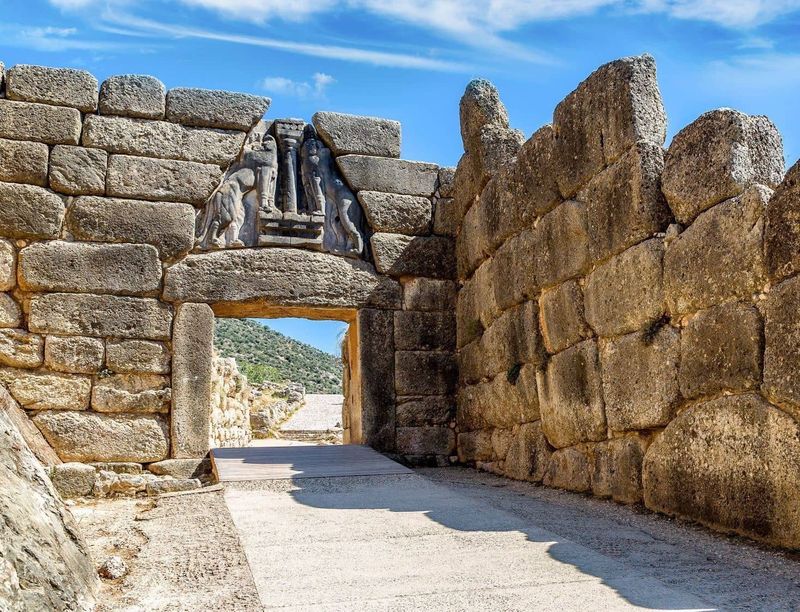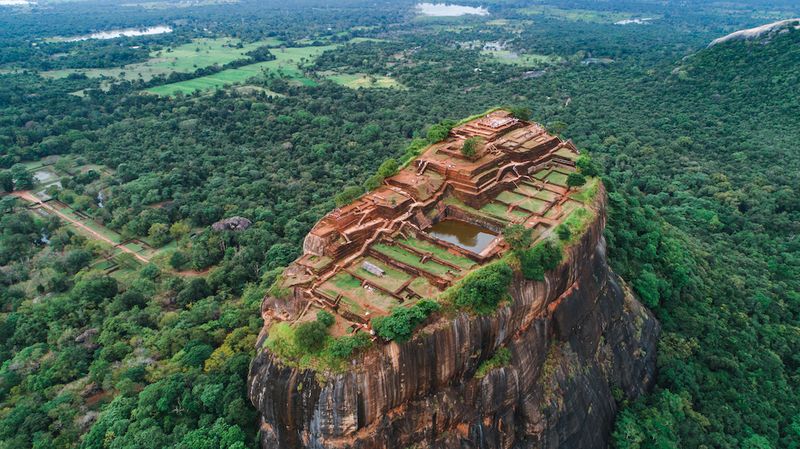Explore the fascinating stories of 25 cities that were lost to time, only to be rediscovered in modern times. Each of these cities offers a unique glimpse into the past, revealing secrets of ancient civilizations and the dramatic events that led to their downfall and eventual rediscovery. From the volcanic ashes of Pompeii to the mysterious ruins of Machu Picchu, these cities continue to captivate archaeologists, historians, and travelers alike with their rich histories and enigmatic charm. Join us as we uncover the timeless allure of these once-forgotten metropolises.
1. Pompeii (Italy)
Pompeii, silenced by Mount Vesuvius’s wrath, lay hidden under ash until 1748. Rediscovered, it unveiled Roman life’s vivid tableau. The city, once bustling, now whispers tales of everyday citizens, from bakers to gladiators frozen in time. Each street, an art gallery; each home, a museum. Its tragic end, a snapshot preserving culture, art, and human moments. Pompeii’s frescoes and mosaics dazzle, while its amphitheaters echo past cheers. The site, a poignant reminder of nature’s power and history’s fragility. Visitors walk its streets, stepping back into an empire’s daily pulse, eternally captured in volcanic embrace.
2. Machu Picchu (Peru)
Perched high in the Andes, Machu Picchu remained a secret until Hiram Bingham stumbled upon it in 1911. This Incan marvel, once a royal estate, offers a glimpse into a world untouched by Spanish conquest. The city’s stone terraces and temples rise mysteriously from the clouds, revealing advanced engineering and spiritual resonance. Its intricate stonework and alignment with astral events suggest a profound connection with nature. Today, Machu Picchu invites explorers to wander its paths, feeling the ancient whispers of a civilization that thrived amid mist and mountains, leaving an indelible mark on history.
3. Petra (Jordan)
Petra, the “Rose City,” slumbered in legends until Johann Ludwig Burckhardt’s discovery in 1812. Carved into crimson cliffs, its architectural wonders blend with the landscape, revealing Nabataean ingenuity. The Treasury, Petra’s crowning spectacle, greets explorers with its intricate facade, where shadows play on stone. Petra’s streets, once alive with traders, now echo with history, as visitors wander its labyrinthine paths. A city both fortress and oasis, it thrived as a trade hub, a testament to human resilience and artistry. Today, Petra stands as a mesmerizing intersection of history, culture, and natural beauty.
4. Troy (Turkey)
Troy, immortalized in Homer’s epics, was myth until Heinrich Schliemann uncovered its ruins in the 1870s. Once a battlefield of heroes and gods, its walls whisper tales of Helen and the wooden horse’s cunning. Layers reveal a complex history, with nine cities built upon one another, each telling its own story of conquest and resilience. Walking Troy’s remnants, one treads through time, feeling echoes of ancient strife and romance. A symbol of legendary battles and timeless tales, Troy offers a tangible link to the epic narratives that have shaped cultural heritage across centuries.
5. Tikal (Guatemala)
Tikal, the crown jewel of ancient Maya civilization, lay hidden under Guatemala’s thick rainforest until its discovery in 1848. Its towering pyramids pierce the jungle canopy, whispering secrets of astronomers, priests, and kings. Once a thriving metropolis, Tikal’s silence now speaks volumes about its enigmatic past. The site’s grand plazas and temples showcase architectural prowess and celestial alignments, captivating archaeologists and tourists alike. Tikal stands as a testament to Maya ingenuity, offering a hauntingly beautiful glimpse into a world where astronomy, spirituality, and power intertwined to shape a vibrant, complex society.
6. Great Zimbabwe (Zimbabwe)
Great Zimbabwe, once a bustling city of commerce, lay forgotten until the late 19th century. Its stone architecture, a marvel attributed to the Shona people, reveals a sophisticated society in medieval Africa. Massive walls and conical towers stand proudly, defying time and colonial misconceptions. As one walks through its ruins, the echoes of traders and builders come alive, reflecting a rich heritage of craftsmanship and trade. Today, Great Zimbabwe challenges narratives and celebrates African ingenuity, offering a profound window into a past where stone spoke volumes of power, culture, and an enduring legacy.
7. Angkor (Cambodia)
Once the heart of the Khmer Empire, Angkor reemerged from the jungle’s grasp in 1860. Its crowning jewel, Angkor Wat, stands as a testament to grandeur, faith, and art. Carvings narrate epic tales, while corridors unfold endless mysteries. A city of temples, it mirrors heaven’s blueprint, drawing pilgrims and adventurers. Yet beneath its splendor lies a story of abandonment and nature’s reclaim. Angkor’s vastness and beauty continue to captivate, offering a window into a civilization at its zenith, reminding us of the delicate dance between human ambition and nature’s enduring embrace.
8. Mohenjo-Daro (Pakistan)
Mohenjo-Daro, a jewel of the Indus Valley Civilization, emerged from history’s shadows in 1922. Its meticulously planned streets and advanced drainage systems reveal a society ahead of its time. Archaeologists marvel at the baked brick structures, which silently tell tales of daily life, trade, and governance. The city’s enigmatic decline remains a mystery, inviting speculation and scholarly debate. Today, Mohenjo-Daro stands as a testament to early urban planning and human achievement, offering a tantalizing glimpse into a world long gone, yet still influencing contemporary understanding of ancient innovations and societal organization.
9. Babylon (Iraq)
Babylon, the storied city of Nebuchadnezzar II, found new light in the early 19th century. Its ruins, once home to the legendary Hanging Gardens, evoke visions of grandeur and myth. The Ishtar Gate, with its stunning blue tiles, stands as a beacon of ancient opulence. Walking Babylon’s remnants, one senses the pulsating heart of a bygone empire, where gods danced in ziggurats and laws were etched in stone. Babylon, a crossroads of cultures and ideas, continues to captivate, offering a timeless narrative of ambition, innovation, and the ceaseless quest for glory and immortality.
10. Palmyra (Syria)
Palmyra, the “Bride of the Desert,” dazzled as a wealthy oasis before fading into obscurity. Rediscovered in the 17th century, its majestic ruins speak of a vibrant trade city that bridged cultures. The grand colonnade, temples, and tombs whisper stories of merchants and emperors. Despite modern devastation, Palmyra stands resilient, a symbol of enduring cultural legacy. Visitors are drawn to its haunting beauty, where history’s echoes intermingle with the desert winds. Palmyra remains a poignant reminder of the fragility and strength inherent in human endeavors and the timeless allure of ancient grandeur.
11. Carthage (Tunisia)
Carthage, once Rome’s formidable rival, rose from the ashes of history in the 19th century. Its ruins whisper tales of naval prowess and Punic wars, where Hannibal’s elephants marched towards destiny. The city’s strategic location and resilient spirit reflect in its architecture and artifacts. Carthage’s baths, amphitheaters, and harbors tell a story of a civilization that defied empires. Today, it stands as a testament to human ambition, resilience, and cultural fusion, inviting visitors to explore its layered history and experience the echoes of a world once at the heart of Mediterranean power and intrigue.
12. Teotihuacán (Mexico)
Teotihuacán, the “City of the Gods,” emerged from obscurity in the 17th century, though its secrets unfolded fully in the 1900s. Its pyramids, especially the Pyramid of the Sun, rise majestically, casting shadows over ancient avenues. This metropolis once buzzed with life, commerce, and spiritual significance. The murals and architecture reflect a complex society intrigued by cosmology. Teotihuacán’s legacy of mystery and innovation continues to fascinate, offering a glimpse into a civilization whose reach and influence extended far beyond its time. Today, it invites wonder and reflection, standing sentinel over history’s vast landscape.
13. Hattusa (Turkey)
Hattusa, the heart of the Hittite Empire, reemerged in the early 20th century, unlocking the secrets of a forgotten civilization. Its sprawling ruins, with massive stone gates and intricate carvings, tell tales of kings, gods, and warriors. The city’s advanced fortifications and urban planning reflect a society of depth and sophistication. Walking through Hattusa, one feels the presence of a culture that shaped ancient politics and warfare. Today, it stands as a monument to human resilience and creativity, offering a window into a world where empires rose, thrived, and faded into the annals of history.
14. Leptis Magna (Libya)
Leptis Magna, a jewel of the Roman Empire, lay dormant under Libya’s sands until the early 20th century. Its majestic arches and intricate mosaics reveal a city of wealth and culture. The site’s theater and market place echo with the whispers of traders and entertainers, reflecting a vibrant urban life. Leptis Magna stands as a testament to Roman architecture and North African heritage, offering an evocative glimpse into a past of grandeur and complexity. Visitors marvel at its preservation, as sand and time intertwine to reveal a once-thriving metropolis on the edge of the Sahara.
15. Çatalhöyük (Turkey)
Çatalhöyük, a Neolithic wonder, surfaced in 1958, revealing one of the world’s earliest urban centers. Its mud-brick houses, clustered in a unique layout, speak of early communal living and artistic expression. Inside, murals and figurines offer a glimpse into spiritual beliefs and daily life. This settlement challenges perceptions of prehistoric society, showcasing innovation and culture. As archaeologists uncover more, Çatalhöyük tells a story of human evolution and creativity. It invites us to reflect on our ancient ancestors, whose lives, though distant, resonate with themes of community, expression, and the ever-changing tapestry of human history.
16. El Dorado (Legendary, but associated with Ciudad Perdida, Colombia)
El Dorado, the legendary city of gold, echoes in the myth of Ciudad Perdida, rediscovered in 1972. This “Lost City” of the Tairona people, hidden deep in Colombia’s jungle, tells of a rich culture thriving in harmony with nature. Its stone terraces and pathways reveal an advanced society with spiritual depth. Ciudad Perdida’s rediscovery reignited passions for exploration and the enduring allure of lost treasures. Visitors trek through dense foliage, uncovering a civilization’s legacy, wrapped in mystery and the whispers of the rainforest. It remains a testament to the enduring quest for discovery and understanding.
17. Xanadu (China)
Xanadu, Kublai Khan’s summer capital, captivated imaginations long before its ruins were found in the 20th century. Immortalized by Coleridge’s poem, it was a city of opulence and creativity. The site’s remnants, amidst grasslands, whisper of Mongol splendor and cultural fusion. Here, East met West, where ideas and art flourished under the Great Khan’s vision. Xanadu’s rediscovery sheds light on a historical nexus of power and innovation, offering a glimpse into a world where boundaries blurred and dreams took flight. It remains a poetic symbol of a time when empires stretched across vast, untamed landscapes.
18. Herculaneum (Italy)
Herculaneum, Vesuvius’s lesser-known victim, reemerged in 1709. Unlike Pompeii, it was buried in mud, preserving wooden structures and artifacts. This small, affluent town offers an intimate look into Roman leisure and luxury. Its villas and baths reveal a side of history rich with detail and daily life. The site’s exceptionally preserved relics, from food to furniture, paint a vivid picture of a moment frozen in time. Herculaneum invites exploration and reflection, providing a poignant counterpart to Pompeii, where nature’s fury preserved the elegance and sophistication of a bygone era for future generations.
19. Dwarka (India)
Dwarka, Krishna’s ancient city, surfaced in the 2000s beneath the Arabian Sea. Its underwater ruins whisper of a civilization connected to legend and lore. Ancient texts describe a city of splendor, submerged after a catastrophic event. The discovery of stone structures and artifacts challenges historical timelines and invites awe. Divers explore its depths, uncovering relics of a vibrant past intertwined with myth. Dwarka’s rediscovery fuels fascination with ancient Indian history and mythology, offering a submerged testament to tales passed through generations. It remains a captivating confluence of archaeology and legend, where history and myth converge.
20. Caral (Peru)
Caral, the oldest city in the Americas, emerged from the shadows in 1994. Its pyramids and plazas reveal a civilization contemporary with Egypt’s pyramids, yet distinct in its pursuits. The site’s architectural marvels reflect a society rich in culture, trade, and peaceful existence. Caral’s discovery reshapes understanding of pre-Columbian history, highlighting achievements long overlooked. Its serene desert setting adds to the mystery and allure, drawing researchers and tourists eager to walk in the footsteps of history. Caral stands as a testament to human creativity, challenging perceptions and inviting reflection on the diverse tapestry of ancient civilizations.
21. Knossos (Crete, Greece)
Knossos, the heart of Minoan civilization, was unearthed in 1878 with full excavation by Arthur Evans in 1900. Its palace complex, adorned with frescoes, inspired legends of the Minotaur’s labyrinth. The vibrant artwork and intricate architecture reflect a society steeped in myth and innovation. Knossos’s rediscovery paints a vivid picture of a culture that flourished with trade and artistry. Visitors wander its labyrinthine corridors, feeling echoes of ancient rituals and stories. Knossos remains a beacon of Mediterranean history, offering insights into a world where myth and reality intertwined, shaping narratives that endure to this day.
22. Taxila (Pakistan)
Taxila, a crossroads of Buddhism and ancient trade, resurfaced in the mid-19th century. Its ruins, with stupas and monasteries, reveal a flourishing center of learning and spirituality. The city’s strategic location fueled cultural exchanges, making it a melting pot of ideas and philosophies. Scholars and pilgrims once walked its paths, contributing to an intellectual legacy that transcends time. Taxila’s rediscovery offers a profound glimpse into a world where commerce and faith intersected, shaping civilizations. Today, it invites exploration and reflection, standing as a testament to the enduring impact of ancient wisdom and cultural synergy.
23. Vilcabamba (Peru)
Vilcabamba, the final stronghold of the Inca, reemerged in 1964, unveiling the resilience of a fallen empire. Hidden in Peru’s dense forests, its ruins tell of a defiant last stand against Spanish conquest. The site’s stone structures and terraces whisper stories of resistance, survival, and adaptation. As archaeologists piece together its past, Vilcabamba reveals the tenacity and spirit of the Inca. Visitors tread its paths, feeling the echoes of a civilization’s final chapter. It stands as a poignant reminder of cultural endurance and the relentless pursuit of freedom, offering a unique perspective on history’s unfolding drama.
24. Mycenae (Greece)
Mycenae, the legendary city of Agamemnon, rose from myth in the 1870s through Heinrich Schliemann’s discoveries. Its towering walls and the iconic Lion Gate speak of a civilization steeped in epic conflict and mythology. The site’s golden treasures and tombs reveal a society rich in art and power. Walking through Mycenae, one feels the presence of warriors and kings, as tales of heroism and tragedy unfold. Mycenae remains a cornerstone of Greek heritage, offering insights into the Mycenaean culture that inspired Homer’s epics. It stands as a testament to the enduring allure of myth and history intertwined.
25. Sigiriya (Sri Lanka)
Sigiriya, a 5th-century fortress-palace, emerged from obscurity in the 19th century. Perched atop a massive rock, it offers breathtaking views and a glimpse into regal artistry. The site’s frescoes and mirror wall reflect a sophisticated culture of aesthetics and power. Sigiriya’s gardens and pools, a marvel of ancient engineering, reveal a royal vision of paradise. As visitors ascend its stairways, they encounter a legacy of ambition and beauty, where nature and human ingenuity coalesce. Sigiriya stands as a crown jewel of Sri Lankan heritage, a testament to historical grandeur, artistic brilliance, and the timeless quest for legacy.
